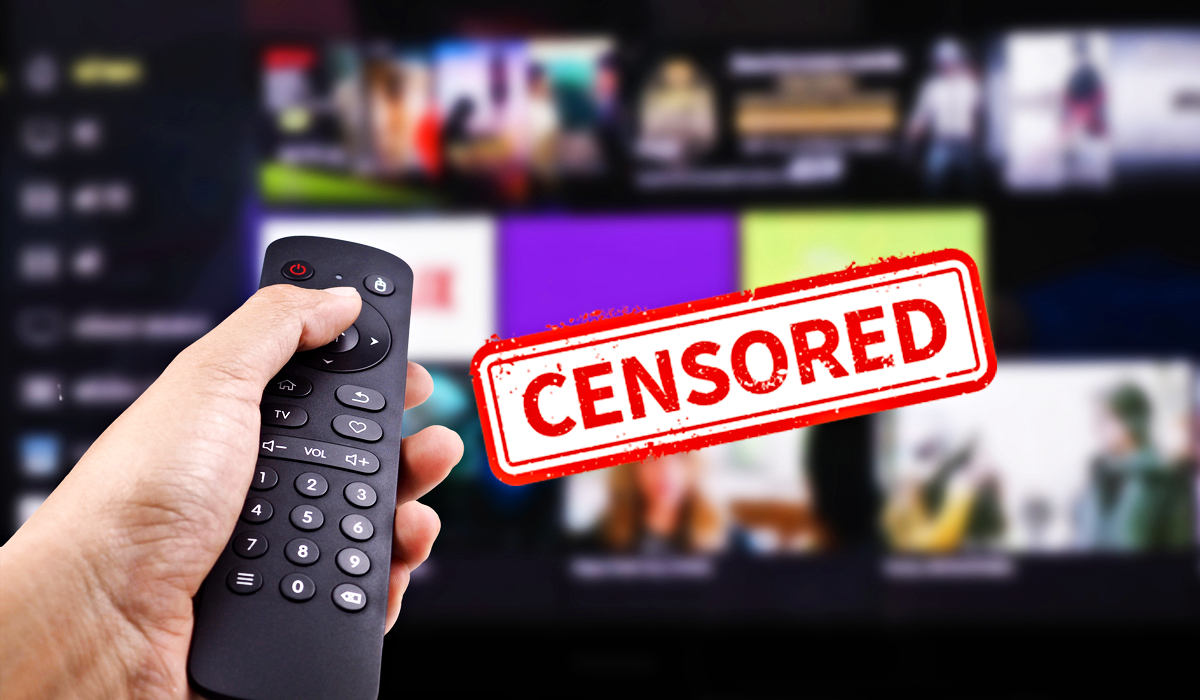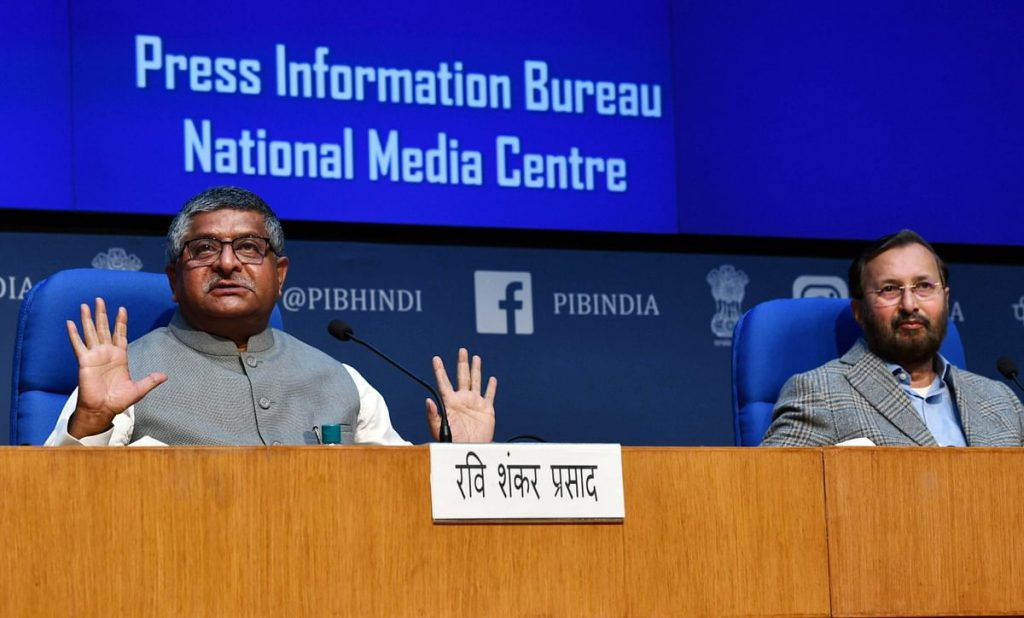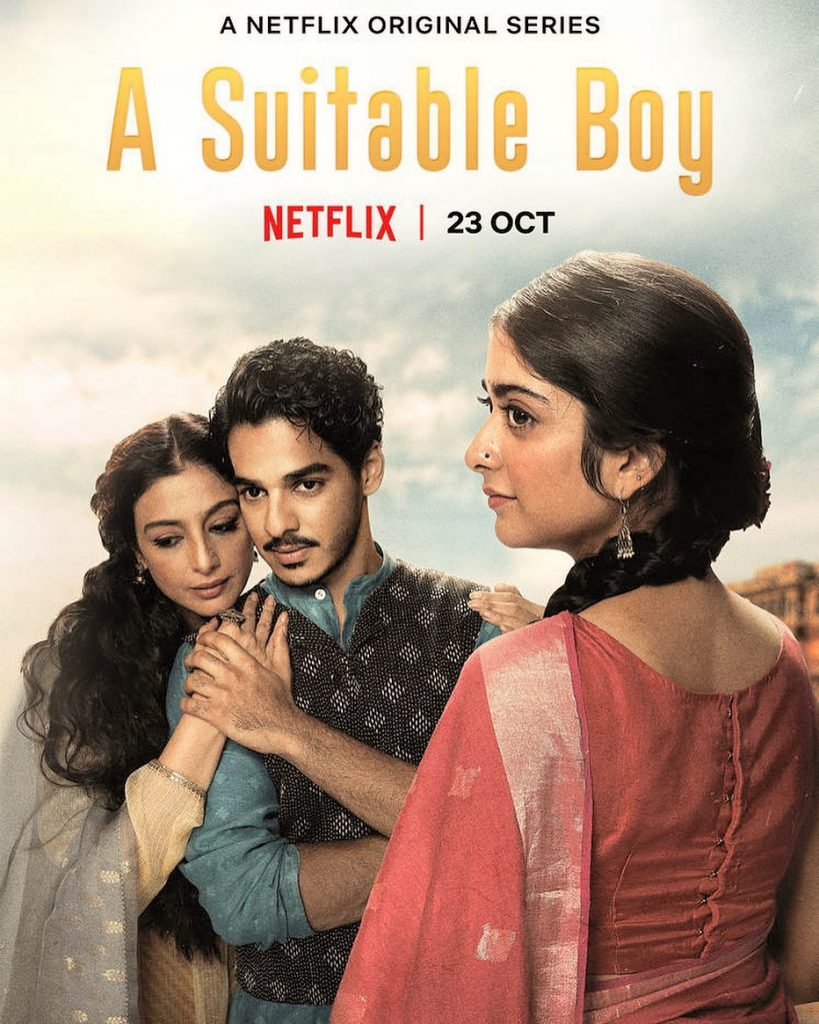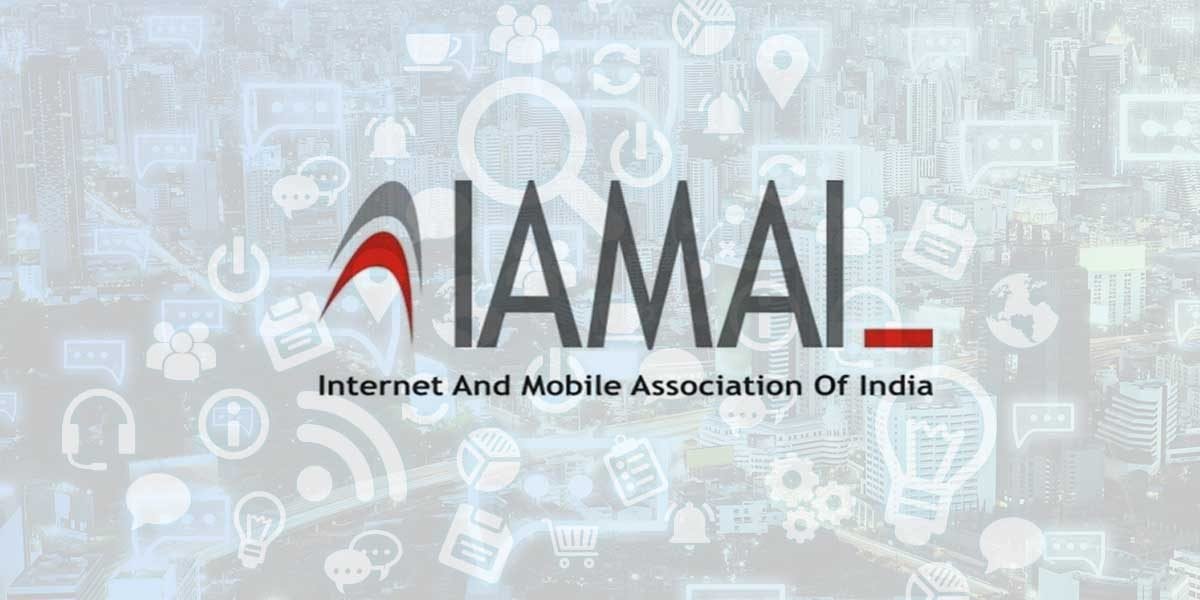The Centre on Thursday announced new guidelines that are set to change the digital landscape in the country by bringing OTT, a digital news and social media platform under regulation. In its announcement, the government has said that objectionable social media content will need to be removed within 36 hours of receiving the order and OTT companies will need to self-regulate their content with appropriate certification.

The government has released a set of guidelines to regulate OTT (Over-the-Top) streaming, digital news, and social media platforms with provisions to moderate and block objectionable or inappropriate content. The new Information Technology (Intermediary Guidelines and Digital Media Ethics Code) Rules 2021, will supersede the earlier Information Technology (Intermediary Guidelines) Rules 2011.
A press conference announcing the guidelines was jointly addressed by Union Ministers Ravi Shankar Prasad and Prakash Javadekar, who said that the evolution of digital media has led to the “rampant spread of fake news and derogatory content”.
Significantly, the government has mandated that social media giants such as Facebook and Twitter must remove all contentious content within 36 hours of receiving a government or legal order. The rules state that publishers must be conscious of India’s diversity and “exercise due caution and discretion when featuring the activities, beliefs, practices or views of any racial or religious group.”
Guidelines for OTT and Digital Media Platforms
Javadekar in his statement said that the move to regulate digital news media and OTT platforms was done to “level the playing field” with print and television media. The government has devised a 3-tier system alongside a grievance redressal system and a self-regulatory body headed by a retired judge of the Supreme or High court.
The body will be registered with the Ministry of Information and Broadcasting and will oversee adherence to the guidelines as per the Code of Ethics. Further, the Ministry will also publish a charter containing the Code of Practices for self-regulation to be successful.

It also intends to formulate a mechanism for the redressal of grievances with regard to both OTT content as well as social media. OTT platforms will need to certify the content at their own discretion, and will not have a censor board. However, the rules require a mandatory parental lock system to ensure that minors don’t access adult content and have reliable age verification systems for compliance.
Guidelines for Social Media
Social media has been described as content “intermediaries” that have been identified in the guidelines on two levels, firstly, “intermediary” and “significant social media intermediary” with a large number of users. The Centre is yet to clarify the minimum number of users required to be constituted as a significant social media intermediary and the rules for the same will be implemented three months after the guidelines are ratified.
All sexual content that violates the dignity of a woman will need to be removed within 24 hours. Further, social media platforms will need to inform probe agencies, and court authorities for details regarding the origin of “mischievous” content. The platforms will also be required to send out monthly compliance reports. The government said that it was going to empower crores of social media users with a robust mechanism to address their grievances.
The grievance redressal mechanism includes the appointment of a Chief Compliance Officer, to ensure the implementation of all rules, a Nodal Contact Person for law enforcement agencies, and a Resident Grievance Officer, all of whom must be living in India.
The Centre has also devised a voluntary user verification mechanism for people who wish to authenticate themselves on social media and receive a visible mark of the same.
The Rules further provides that where significant social media intermediaries remove or disables access to any information on their own accord, then a prior intimation for the same will be communicated to the user who has shared that information with a notice explaining the grounds and reasons for such action.
Users must be provided with an adequate and reasonable opportunity to dispute the action taken by the intermediary, the Rules say.
The government has been at loggerheads with microblogging platform Twitter and had expressed its intention in Parliament to amend IT laws to make social media more accountable to Indian laws. Twitter had resisted the Centre’s order to block over 1,500 accounts that were posting “objectionable” content related to farmers’ protest in Delhi. OTT platforms, in particular, Netflix and Amazon Prime Video have also stirred controversy for “hurting religious sentiments” recently with shows like Tandav (2021), Mirzapur (2018), A Suitable Boy (2020) and Sacred Games (2018), among others.

Earlier this month, the Supreme Court sought to know from Centre the action plan to regulate these platforms. The court was hearing a petition which alleged that the lack of a monitoring policy has resulted in public access to objectionable content without any filter.
IAMAI’s Appeal
The Internet and Mobile Association of India (IAMAI) which functions as the industry body for OTT platforms issued a statement expressing its dismay over not being consulted by the government. It has appealed to the Centre to hold public dialogue and allow comments on the draft regulations.
The IAMAI’s membership includes all major industry stakeholders, who had last year come together to ratify a self-regulation code. The statement said that the organisation is, “completely perturbed by the lack of any consultative process administered with the stakeholders that usually proceeds such guidelines or regulations.”

The self-regulatory code designed to bring in “greater transparency” was signed by 17 Online Curated Content Providers (OCCPs) in September 2020, however, it received no response or support from the government. The Information and Broadcasting Ministry had raised several concerns on the draft which were allegedly ignored in the final code as well, this includes, omitting what comprises as prohibited content and a lack of well-designed ethical standards.
In November 2020, all digital content platforms including OTT and news media were brought under the purview of the government for regulation. The Centre’s decision to bring these under the Information and Broadcasting Ministry had led to a social media storm as many criticised the move as the first step towards digital censorship.




